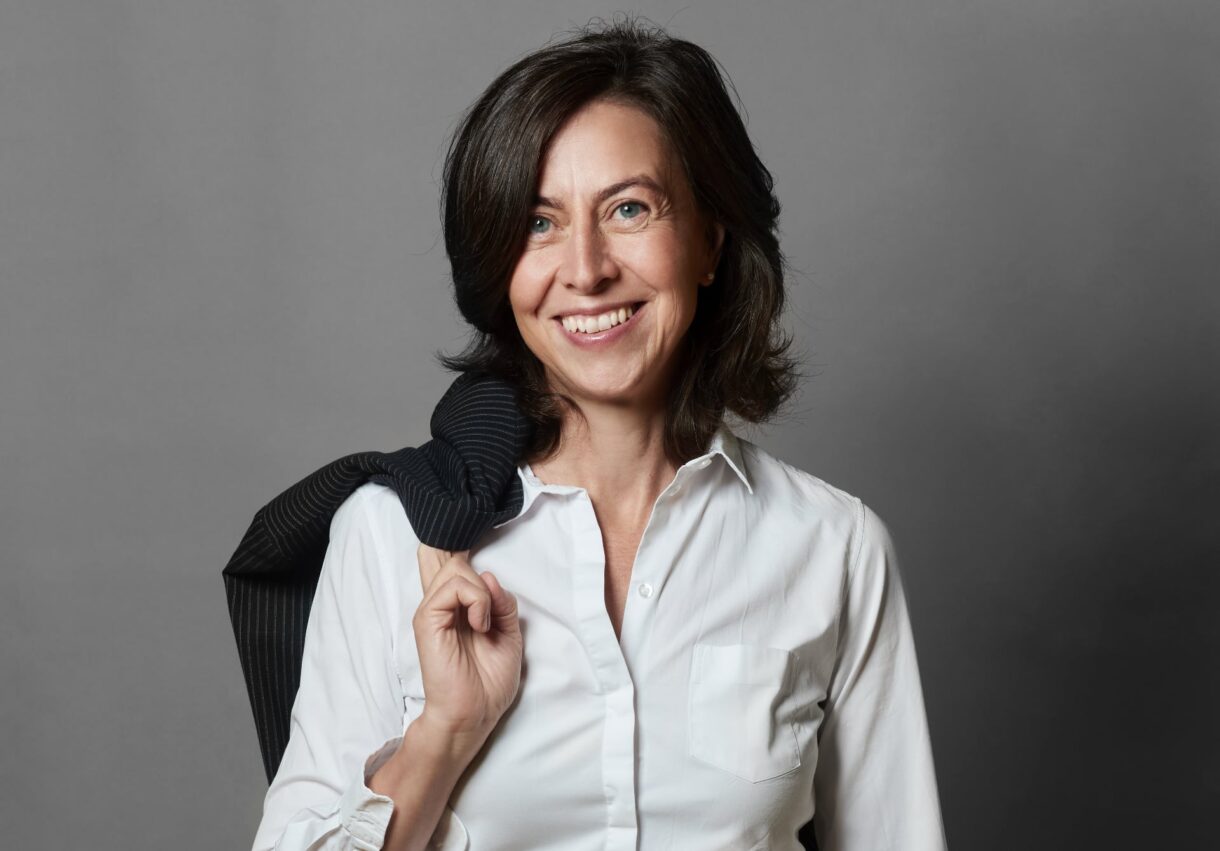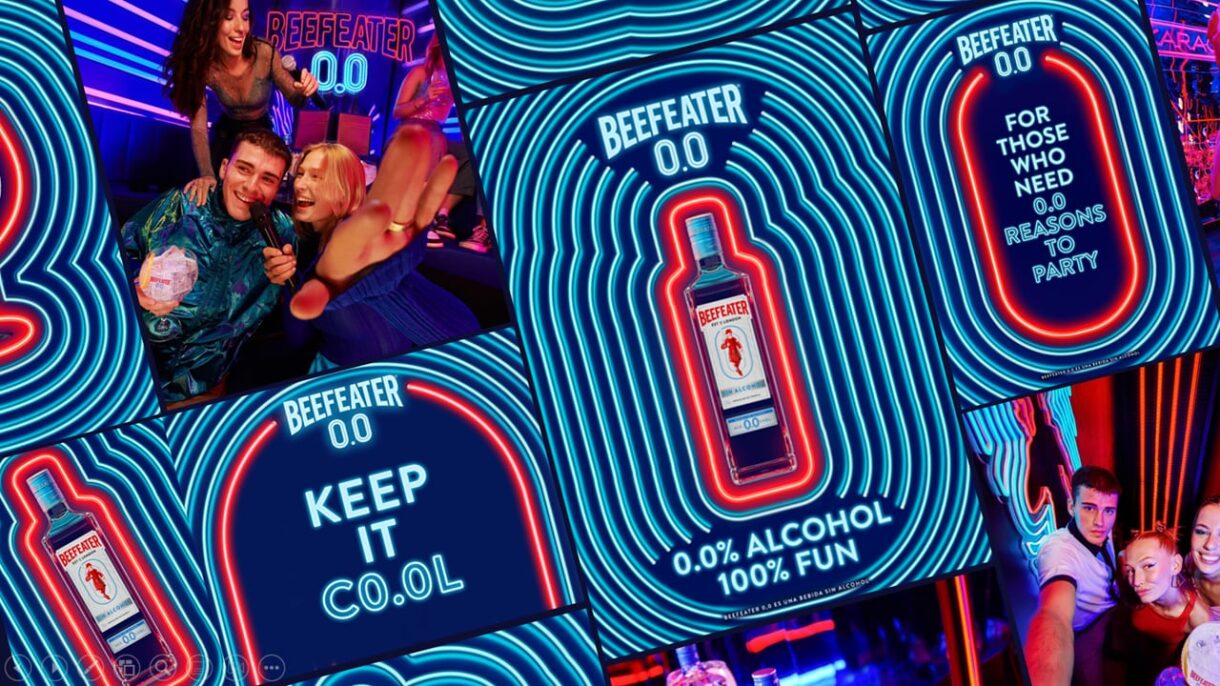The Rise of the No Alcohol Trend
The market for non-alcoholic drinks is booming.

In recent years, the range of available alternatives has practically exploded across all categories – from beer and cider to wine and spirits. So, what’s behind the trend? Is it here to stay?
With non-alcoholic beers leading the charge (they now represent close to two percent of the enormous beer category), wine and spirits are the up-and-comers of the last couple of years. Traditional spirits producers are now introducing non-alcoholic alternatives almost on a weekly basis, either serving as complements to their alcoholic counterparts or as entirely new products and brands. A recent example is when Beefeater, the world’s most awarded gin, launched its Beefeater 0.0, inspired by the full-strength gin’s flavor profile in January.
From a consumer perspective, the growth is driven by the younger generations. It’s partly fueled by an increased appetite for new experiences – tastes in particular – rather than an adherence to traditional norms. According to Viveka Söderbäck, expert in consumer insights at Absolut, an increased focus on health and wellness among Gen Z and millennials also plays a significant role in why so many now consider the no-lo alternatives.
“Young people not only have a huge demand for new taste sensations, but they are also more mindful with what they eat or drink,” she says.
The market seems to have hit a sweet spot – where supply meets a growing demand for new and innovative alternatives, and vice versa.
Viveka says a parallel can be drawn to the energy drinks market. After years of emphasizing only energy-boosting effects, energy drinks now come in a wide variety of tastes and flavors, just like non-alcoholic drinks.
“The range of flavors has gone through the roof. What’s fascinating is that it’s a combination of supply and demand that is driving this trend. People seek new experiences and producers naturally respond, while at the same time, each new drink that we as producers introduce sparks the consumers’ interest and demand,” says Viveka Söderbäck.
Part of a dynamic consumer space
According to the latest data from the market analytics firm IWSR, the market for no-alcohol drinks grew annually by eight percent in volume between 2019 and 2023. This of course includes the pandemic years, so is there reason to believe that the growth is explained by new consumer patterns caused by lockdowns and restrictions?
The difference now is that we have more to offer, whether you’re driving, refraining from alcohol altogether, or just want to try something new.
David Björklund
David Björklund, Director of Business Performance at the Absolut Group, says it’s far too early to draw that conclusion.

“The pandemic might feel distant, but it’s still too early to tell how big the long-term effects are from a business standpoint. Consumers are still navigating knock-on effects from the pandemic, notably inflation and higher interest rates. As a business we’re focused on adapting to this,” he says.
David admits the pandemic has had a significant effect on many different consumer behaviors. However, more time is needed to be able to distinguish what are permanent changes and what are short-term reactions. He believes the whole consumer goods space has changed and will continue to do so.
“It will be even more dynamic in the future and not only in terms of what drinks people buy and consume. How people consume and what packaging is preferred will also vary. It’s up to us as spirits producers to seize the opportunity and explore what consumers want.”
Being responsive and curious about what consumers want has always been and will be central at The Absolut Group and rapidly evolving consumer needs present plenty of opportunities for the company.
“Our traditional portfolio with alcohol will continue to drive our business. The difference now is that we have more to offer, whether you’re driving, refraining from alcohol altogether, or just want to try something new.”
More than a substitute
The category is expected to grow in the coming years and industry reports suggest that the volume of the market will increase annually by 6 percent on average until 2027. If forecasts are correct, that will correspond to a market share of 4 percent of the overall alcohol market in 2027.
Functioning as both a substitute and a complement among consumers, the low-alcohol options are also set to take market shares from soft drinks, such as sodas and juices.
”Enjoying non-alcoholic drinks doesn’t preclude having drinks with alcohol as well. Not even on the same occasion. An overwhelming majority switches between the two,” says Viveka Söderbäck, continuing, “Consumers want to make an active choice about what they drink, depending on each situation. People want to mix, and that is now easier than ever thanks to the range of available alternatives.“


